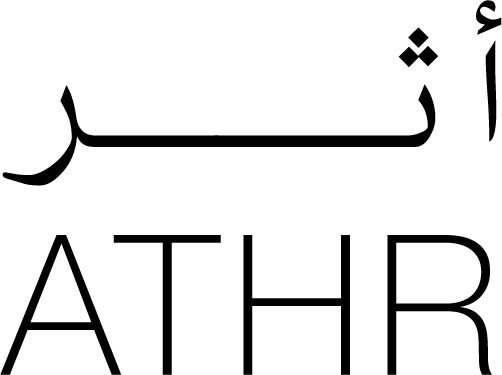Inquiry: What brought the catfish to Wadi Hanifah?
The control system in the ship’s basement repeats this question… every day! But do we truly know what we are? And how do we know where we came from? Before passing judgment, put yourself in our place—though it is very difficult: our air is water, whereas your water is air! We will learn what we are: knowledge is examining a hypothesis. And we will know where we came from: imagination is the search for one.
Hypothesis: From mono-monostatic geometric shapes!
We live as fish in a dynamic environment, in a state of continuous formation, resembling the flow of rivers around us and the shifting landscapes over time. But when our ecology interacts with mathematics, and our movement meets geometry, our bodies become like geometric objects that, when placed on a flat surface, always return to balance spontaneously—as if we were in a perpetual search for a point of stability, in a journey guided by a hidden geometry.
Hypothesis: From birds migrating to deserted valleys!
We reproduce in an extraordinary manner, appearing in arid valleys where our eggs are discovered, carried there by migrating birds. From our unique circumstances arises our ability to adapt: we enter a state of dormancy during dry seasons, awaiting the rain that will awaken us so that we may accompany the valley’s visitors and reorganize the space according to our own ecological rules.
We are like conquering creatures that have emerged from their environment, driven by the will to survive. We never cease to wander. We even navigate our paths with the help of the Wave Catcher, which measures distances by capturing the sixteen phrases of the call to prayer as they travel through bodies of water—seas, oceans, and rivers—five times a day, from one land to another. The Wave Catcher is a device composed of sixteen vessels that capture the frequencies of the call to prayer, converting each vibration into a data unit, then merging them into continuous waves, processed as equations revealing the coordinates of ancient sea routes—paths followed by all who have heeded the call.
In her exhibition Vessel of Wreckage, artist Basmah Felemban constructs a mythical world inspired by science fiction, exploring hypotheses through paintings, graphical drawings, generated images, and interactive creative works. Through her unique world, the artist reflects on the difficulties she faces in her quest for answers regarding the migration history of her family from Palembang, Indonesia, to Saudi Arabia. Historical information and records about Palembang are scarce due to its fraught colonial past. Dutch control, spanning from the 17th to the 20th century, left its mark on Palembang’s infrastructure, cultural traditions, and trade networks; and the Japanese occupation, though brief during World War II, reshaped the city's geography.
In her work, the catfish symbolizes the export movement from Indonesia to Saudi Arabia, marking a significant leap in diplomatic relations between the two countries. For instance, in the 1990s, the Indonesian government, in consultation with the Saudi government, designated catfish as an official dish for Indonesian pilgrims. This effort aimed to reshape stereotypes of catfish as bottom-feeders unfit for consumption, while also supporting its farming and export industry.


